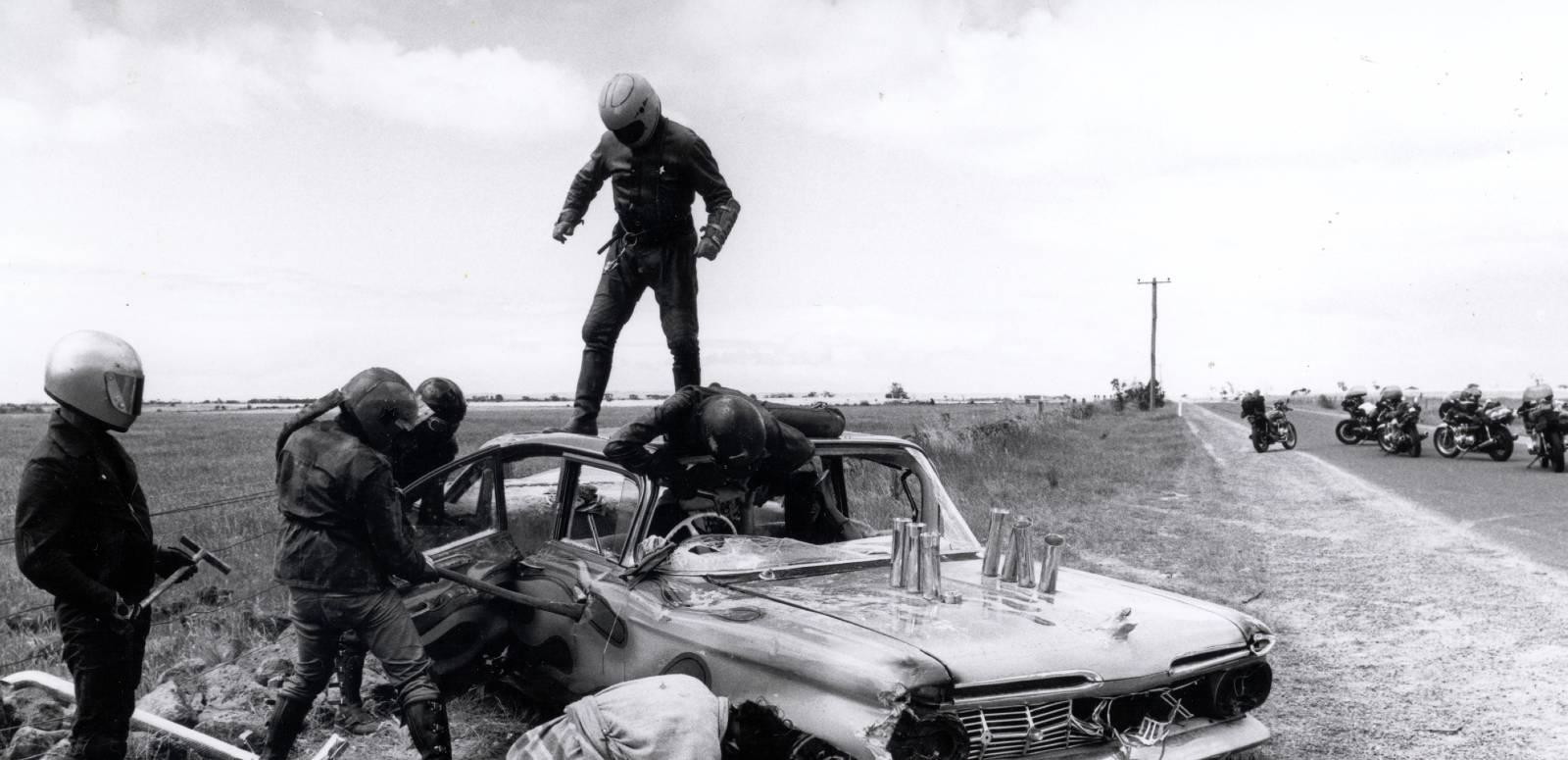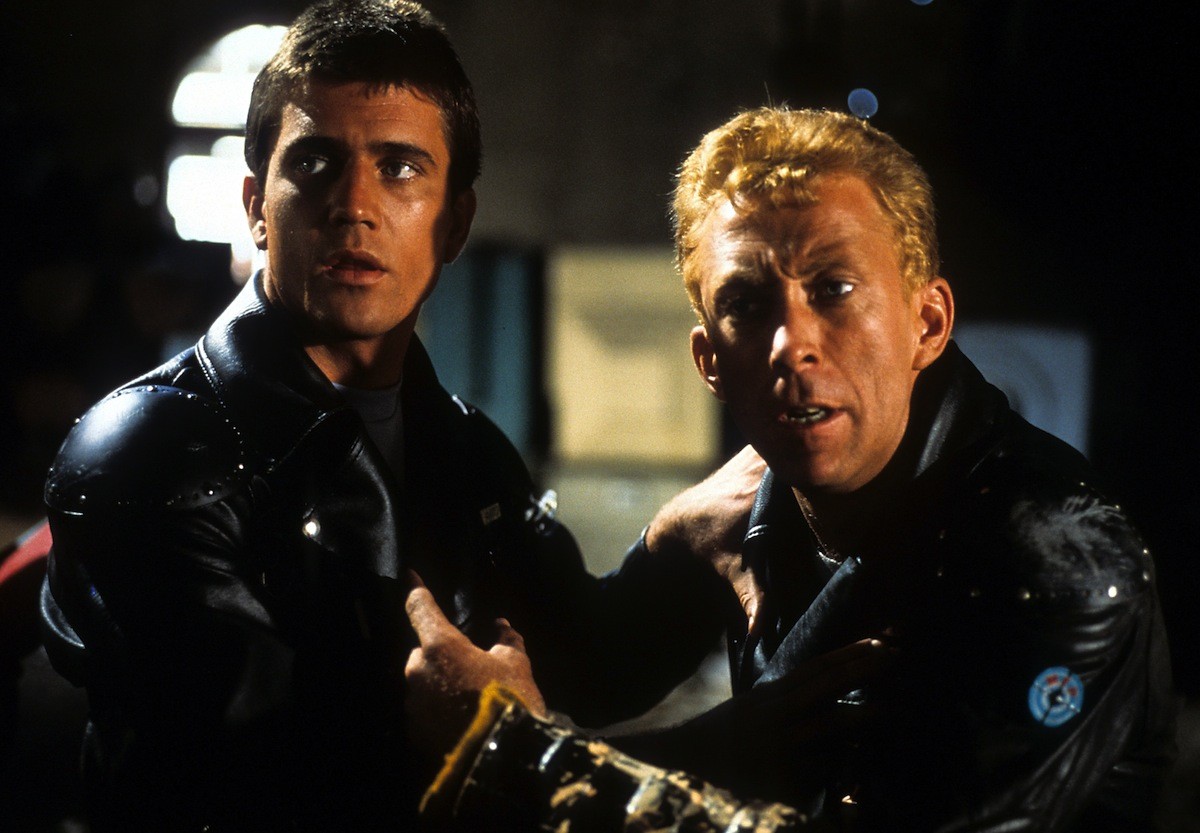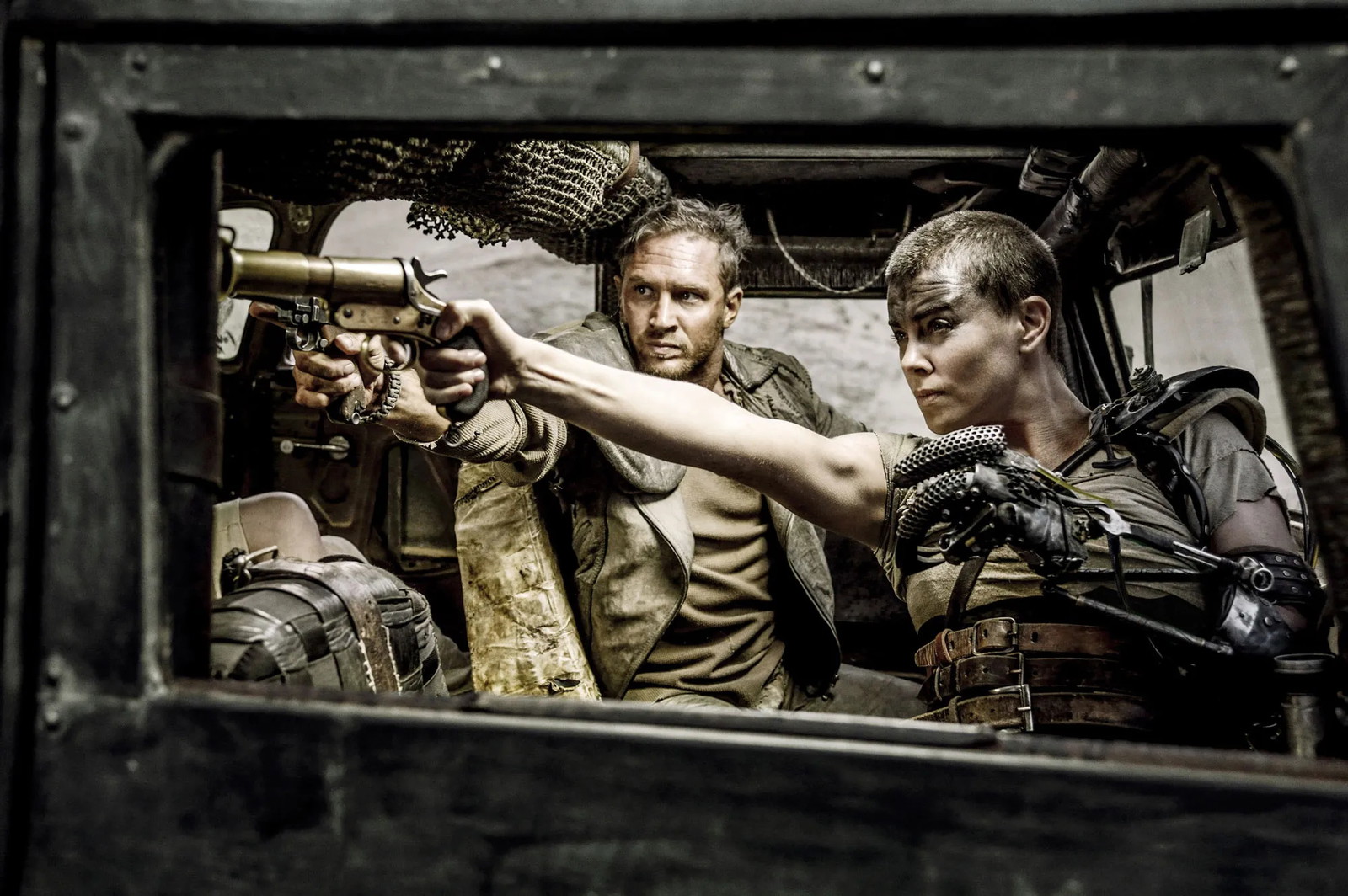The legacy of the George Miller x Mel Gibson films gave the director-actor duo a foundation to stand on after rising out of their relative anonymity to star in one of the most culturally significant and economically miraculous feats of all time. The Mad Max series is renowned for its near-future post-apocalyptic, end-of-the-world desert landscape that harbors only madness and mayhem. Beyond its trilogy arc, the mayhem was yet to end in Miller’s epic vision when real tragedy struck, bringing the world down to its knees.
In the aftermath of the September 11th tragedy that struck the heart of America in 2001, one of the surprising dominoes to fall was the plans for Miller’s fourth Mad Max story, despite the film being produced in a continent almost halfway around the world from the Twin Towers.

Mel Gibson Forced To Shut Down the Apocalypse After 9/11
The Australian star who would eventually go on to become a Hollywood and global icon shortly before his epic downfall in the public’s eyes began his career in an impossible race featuring the end of the world. The Mad Max film series is famously besotted with the idea of the twisted and the troubled. The gruesome adventures of Max Rockatansky struck a chord in 1979 with the American and Australian cinematic genre, just as much as it now resonates among the contemporary audience for its ever-relevant themes of humanity’s self-destructive nature and cannibalistic greed.

A part of George Miller’s story ended with 1985’s Mad Max: Beyond Thunderdome, which showed the prologue to the apocalypse and how mankind walked itself to the doors of nuclear destruction and beyond. But the fourth chapter of the Mad Max series was 15 years in the making when Miller brought in Mel Gibson to helm his dream project: Fury Road. However, given the timing circa 2001, the tragedy of September 2001 put a halt to the film’s production as the value of the dollar fell, causing a catastrophic blow to the global economy. Miller claimed:
“The American dollar collapsed against the Australian dollar, so we lost close to 25 percent of our budget within days, and we just couldn’t recover that. We just couldn’t cut the film down.”
Considering the vast epic narrative plot of Fury Road and the ambition that drove the film (as seen in 2015), it would have been a grave error in judgment on Miller’s part to proceed with the movie. The film needed to wait for 30 years before finally realizing its visionary, haunting, and delightfully dangerous story that truly did justice to the story of Max Rockatansky – this time, by Tom Hardy.
Mad Max: Fury Road – A Road Paved With Uncertainty
30 years after the premiere of Mad Max: Beyond Thunderdome, the fourth film of the series and George Miller’s first Oscar nod as a director came to fruition. But the path leading up to Mad Max 4 was just as furious and frustratingly uncertain as the titular anti-hero’s fate in the film. After the hiatus of 2001, George Miller’s return to the project 5 years later wouldn’t pan out – only this time, the fault would be entirely attributed to Mel Gibson.

Also read: “You found someone crazier”: Mel Gibson Was Happy $526M Franchise Replaced Him With Tom Hardy
The 2006 incident that effectively banned, exiled, and isolated Mel Gibson from Hollywood after his career-ending anti-Semitic, homophobic, and sexist rant while being arrested for driving under the influence stopped the production of Fury Road for another 10 years. When George Miller did pick up the project, it was decked with an entirely new cast, headlined by Tom Hardy as Mad Max, Charlize Theron as Imperator Furiosa, Nicholas Hoult as Nux, and Hugh Keays-Byrne as Immortan Joe.
The film secured 10 Academy Award nominations (including Best Motion Picture and Best Directing), of which it won 6. Fury Road holds a staggering 97% on the film critic website, Rotten Tomatoes.
Source: Yahoo Entertainment
